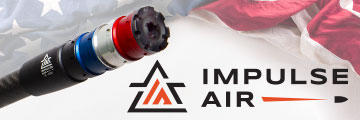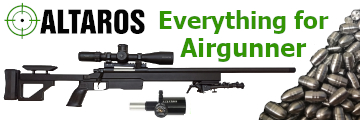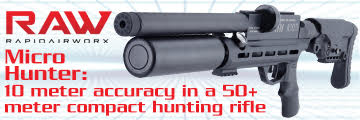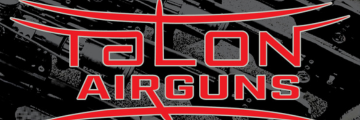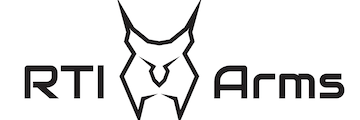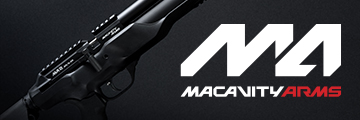Yep I said it, and not for the first time.
Some sure seem to get heated up about that statement. Others are pragmatic enough to accept reality.
When guys are running "bb guns" that cost north of $8-10k, there's not much of an argument against it being an arms race.
When I say "arms race" I'm talking about the perpetual creep that results in ever bigger side wheels, more expensive scopes and guns, more complicated bipods, and generally more gadgetry for the classes where that's allowed, etc.
The arms race is a result of a combination of factors. First of those is that in any competition that is similarly equipment-dependent, you'll see the same thing. Competitors will spend big to acquire what they feel is the most competitive equipment. Another is the demographic....field target competitors are primarily a collection of well-to-do geezers, and many of those are retired, with the time and money to be silly about how they spend that time and money. Another is psychology...if I just buy THAT gun or THAT scope then I'll be at the top in future matches. In that sense, the arms race is as much a personal battle as it is a side-quest competition with the rest of the field. Furthermore, and another part of the psychology, is that it's simply fun to try out new guns and scopes. And who's going to buy a lower quality gun or scope than what they already have? So of course that feeds into the process of continually spending more and more and the average price of a rig in any given ft competition creeping up and up and up over the years. In that sense, some of the arms race is the over-used adage of, "you get what you pay for."
All of that is fine and dandy, and it's simply the reality of the field target game.
The negative aspect of the arms race is those rare times when a newcomer is at their first match and we have to tell them the price of the borrowed rig they're fondling. It's hard for them to envision themselves being part of the collection of field target competitors since they haven't mentally worked their way up to the great financial heights incrementally like most of us have. I say that from personal experience when I was new, and from the exact same facial expression I see when I introduce someone to field target.
As for the inevitable, "it's the indian, not the arrow" straw man logic rebuttals that are sure to come.....There is very certainly a price threshold that must be crossed to get into "competitive" territory. Yeah yeah, "so and so won with an entry level _______________ back in 20XX." Those cases are rare, and speak much to the skill of that individual competitor. In the main example I see used, that guy is now shooting a $3-4K scope/gun combo, NOT the entry level rig that he did well with that year. For most of us mere mortals, quality equipment ($$$) must be invested in if a guy has any intentions of being competitive, then of course comes practice to complete the rest of the winning equation. Hence my earlier statement about how equipment-dependent field target is.
And there you have the arms race.
(And with that, let the online battle commence).























